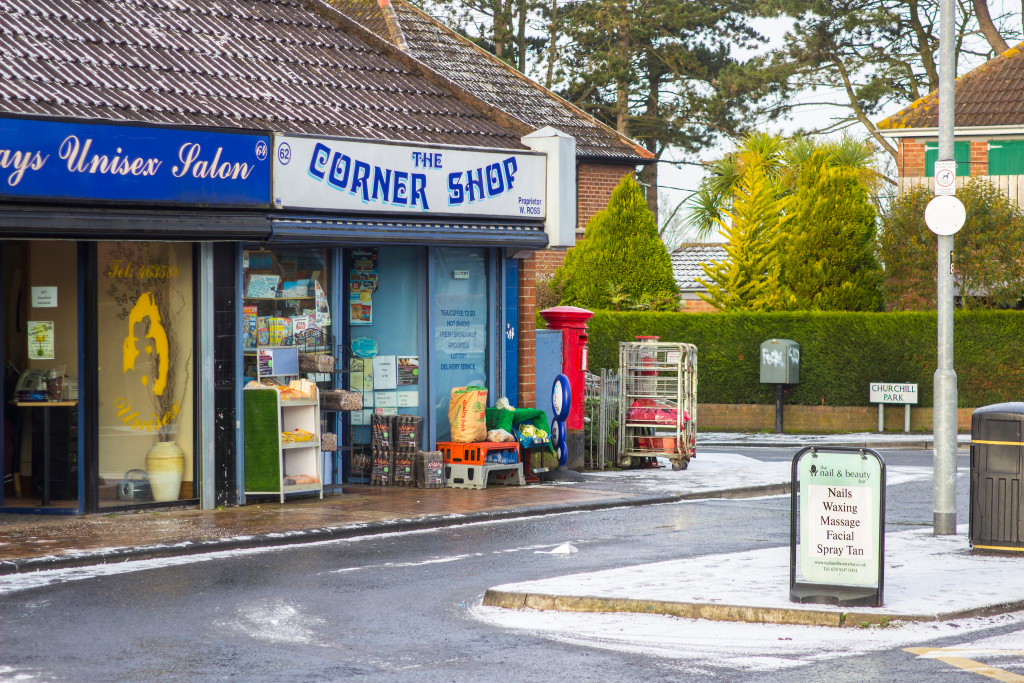Over the past few years, the face of retail has been greatly modified with the influx of e-commerce. The surge of online shops has threatened the existence of physical retail stores to the point of near extinction.
A decade ago, e-commerce only made up 4.2% of all retail sales in the U.S. alone. By the end of 2019, it went slightly above 16% on a global scale and more than three-fourths overall gains
For the past 10 years, the physical retail store has been gradually slipping and losing its footing despite its resistance.
In the United States, 2017 saw 8,000 stores shut down. The year 2019 was a witness to 9,000 retail shops close their doors. Analysts and experts predict that 12,000 shops will close by the end of 2020. And that was before the pandemic broke out.
The COVID-19 Effect
E-commerce is not completely to blame for shops closing this year.
While it is true that brick-and-mortar shops were already in a jam in the face of its online competition, the global health crisis that broke out earlier this year could potentially snuff the life out of them.
It may not be as bad as the situation in the U.S. but the 161 shops that closed in the first quarter of 2020 in Australia are indicative that we were already looking at a worldwide trend of retailer woes.
The coronavirus pandemic all the more made the situation worse for retail shops with the government’s imposition of lockdowns and social distancing and other COVID-19-preventive protocols.
There are still enough shops open in Australia to accommodate shoppers who still prefer to do their shopping and inspect items off racks, shelves, and slatwall displays. However, since the pandemic hit, on top of the 161 stores that closed down by the end of March, several others followed suit, including R.M. Williams, Uniqlo, and Zara.
Survival Not Profit
 At this point, business analysts have pointed out that businesses’ need to survive is now greater than making a profit.
At this point, business analysts have pointed out that businesses’ need to survive is now greater than making a profit.
Bigger businesses have a slightly better chance of survival according to the vastness of their resources. But what about the little guy? The struggle in keeping a small business running was already hard enough before the health crisis, now that social distancing, lockdown, and economic uncertainty caused by the disease come into play, how will the smaller businesses fare?
While things might seem bleak at the moment, not all hope is lost. Small to medium-sized businesses still have a shot at survival if they’re willing to adapt to the times and make certain adjustments to the nature of and the way they do business.
Of course, it’s borderline unethical to capitalize on tragic events such as this but it could trigger some sort of wake-up call for you about how you’re doing your business. Find out where the people are and what their real needs are at this time and see how you can transform your business to meet those needs.
Plenty of companies may have closed down but a lot of establishments have picked up due to the nature of their business and services. And most of the ones that are successful now are already starting to get overwhelmed in meeting consumer demands. Perhaps you can help contribute to the people’s needs by helping fill in the void.
There is still hope for brick-and-mortar shops all over the world. Business owners and entrepreneurs just need to embrace this new normal and devise schemes and strategies on how to adapt to serve the people and meet their needs.

